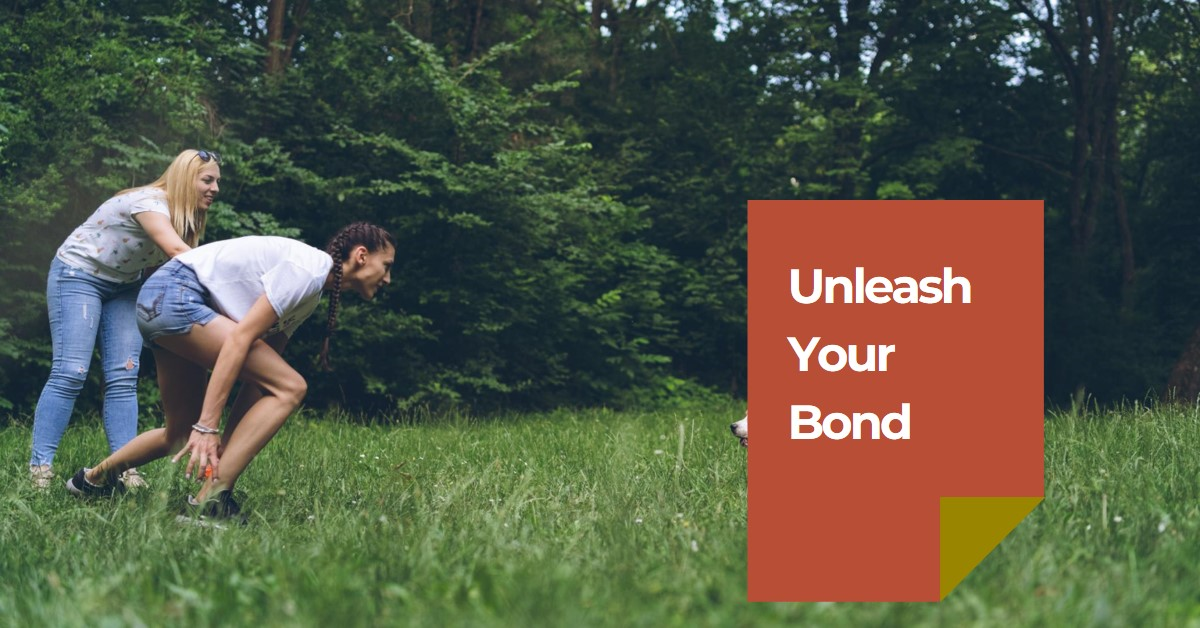To do obedience training for dogs at home, establish clear rules and consistent routines. Use positive reinforcement techniques such as treats and praise.
Obedience training is essential for a well-behaved and happy dog. By setting boundaries and teaching commands, you can strengthen the bond with your furry friend. It’s important to be patient and consistent in your training efforts. Remember to keep training sessions short and enjoyable for your dog.
With dedication and positive reinforcement, you can successfully train your dog to obey commands and behave appropriately both at home and in public settings.
What Is Home-based Dog Training
If you’re a dog owner, you know how important it is to train your furry friend. Obedience training can help your dog become well-behaved and develop good habits. While some people choose to hire a professional trainer, you can also train your dog at home. Home-based dog training is a convenient and cost-effective way to teach your dog good behaviour. In this blog post, we’ll give you some tips on how to do obedience training for dogs at home.
Benefits Of Training Your Dog At Home
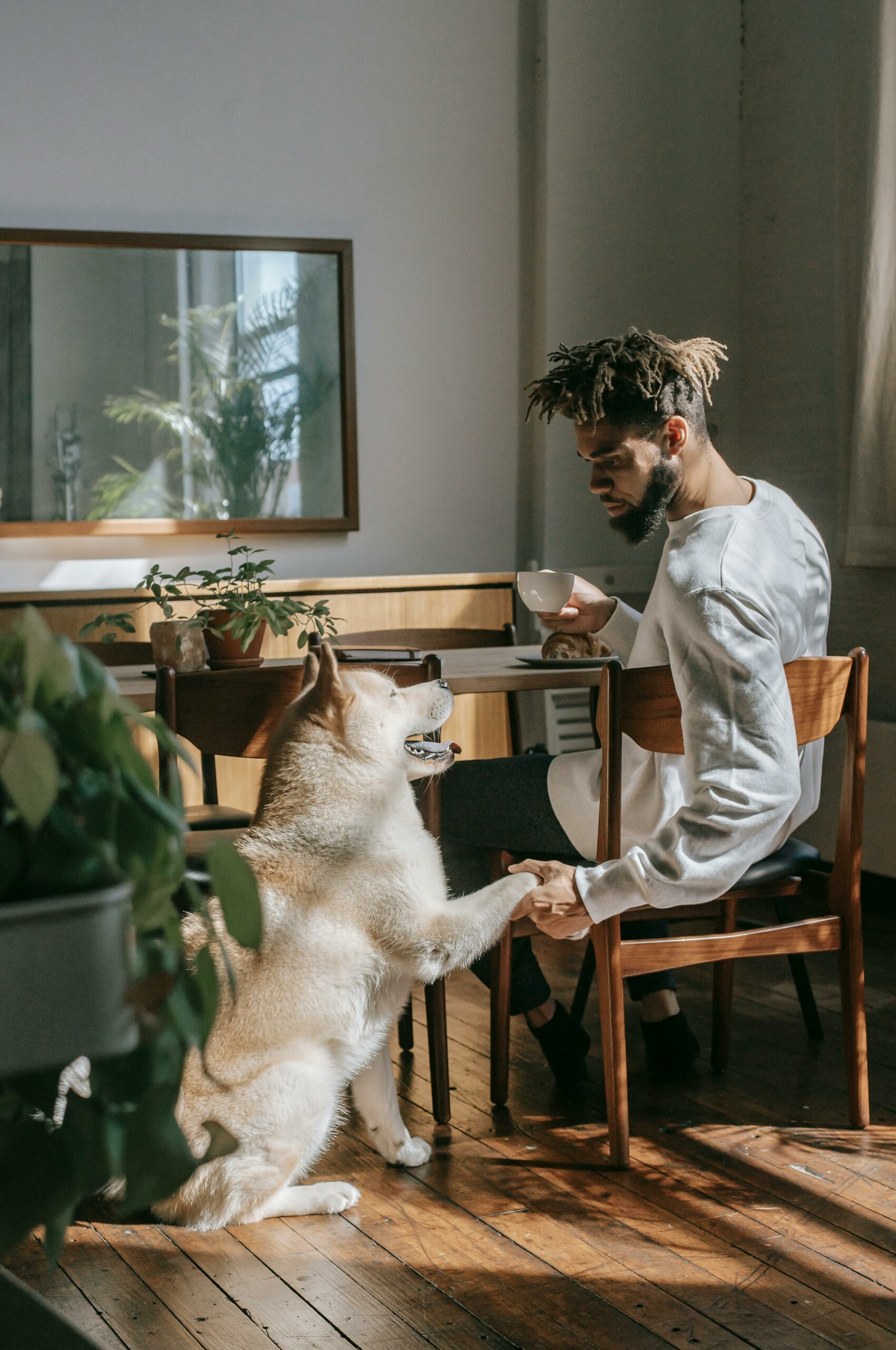
- Save money on professional training
- Train on your schedule
- Bond with your dog while training
- Teach your dog in a familiar environment
Training your dog at home has several benefits. First, you can save money on professional training. While hiring a trainer can be effective, it can also be expensive. Training your dog at home is a more affordable option. Additionally, when you train your dog at home, you can do it on your schedule. This means you can work around your busy schedule and train when it’s most convenient for you.
Another benefit of home-based dog training is that it allows you to bond with your dog while training. Spending time with your dog can help strengthen your relationship and improve their behaviour. Finally, when you train your dog at home, you’re teaching them in a familiar environment. This can help them feel more comfortable and confident while training.
Essential Tools For Effective Training
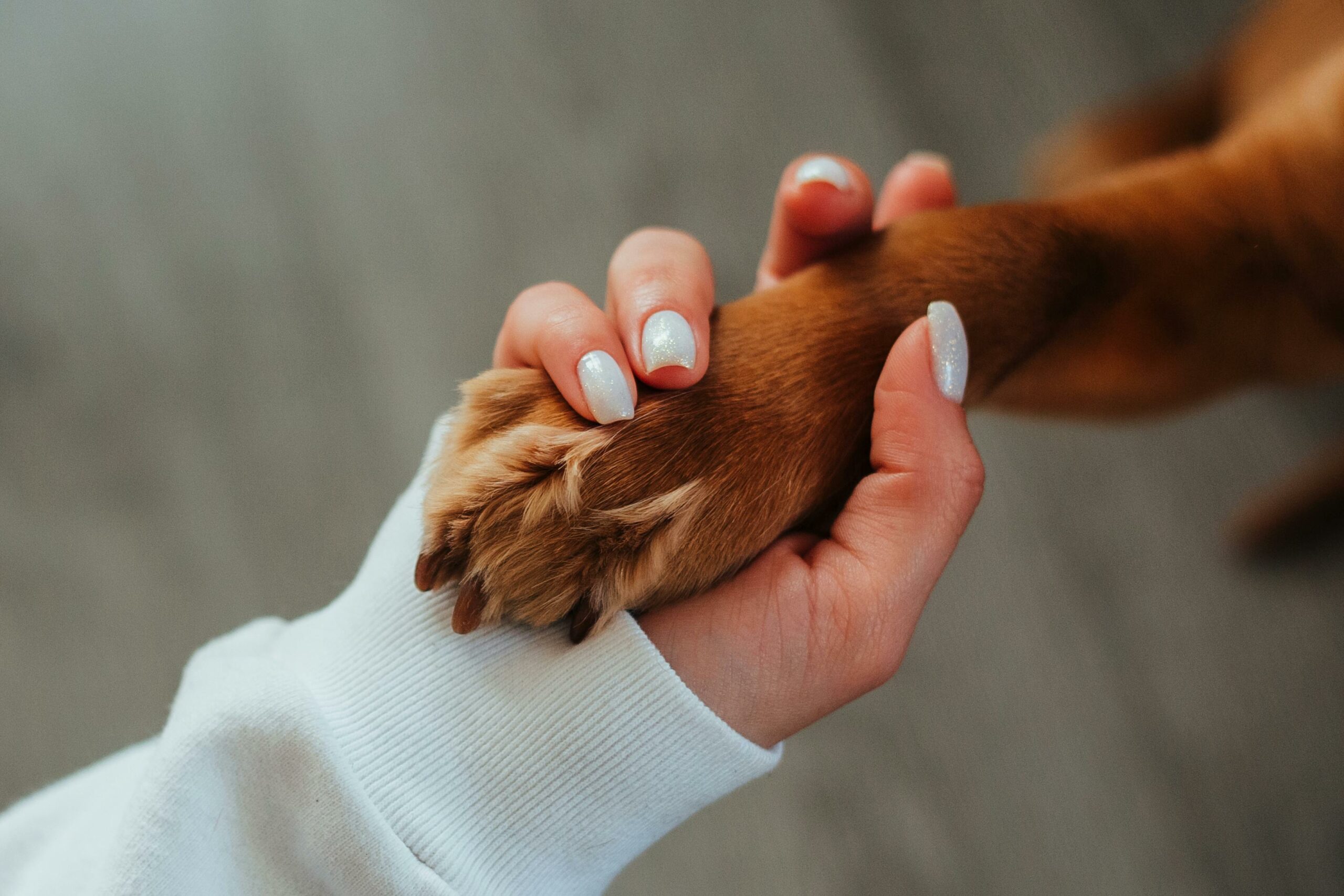
| Tool | Description |
|---|---|
| Training treats | A clicker can be used to mark good behaviour |
| Clicker | A clicker can be used to mark good behaviour |
| Leash and collar | These tools can be used to control your dog during training |
| Training pads | Use pads to help your dog learn where to go to the bathroom |
When it comes to home-based dog training, there are a few essential tools you’ll need. First, you’ll need training treats. Treats can be used as a reward for good behaviour. You can also use a clicker to mark good behaviour. A clicker is a small device that makes a clicking sound when pressed. This sound can be used to let your dog know when they’ve done something right.
You’ll also need a leash and collar to control your dog during training. These tools can be used to guide your dog and keep them focused. Finally, if you’re potty training your dog, you’ll need training pads. These pads can help your dog learn where to go to the bathroom.
Understanding Your Dog’s Behaviour
Find effective obedience training methods for your dog at home to understand and address their behaviour. Establish a strong bond through consistent positive reinforcement and clear communication to achieve desired results. With patience and consistency, you can create a harmonious relationship with your furry companion.
Communication Through Body Language
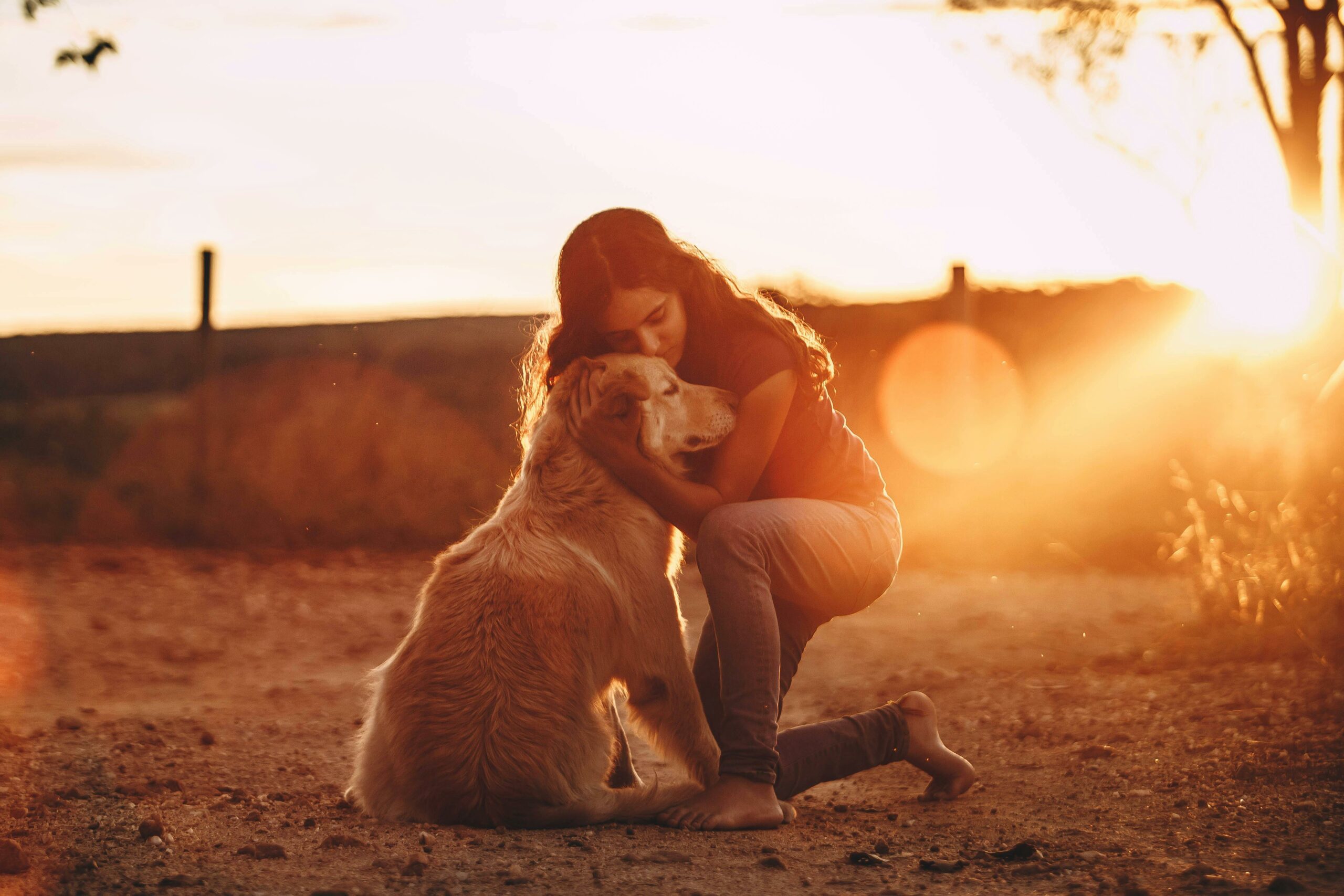
Understanding their cues is crucial.
The Role Of Positive Reinforcement
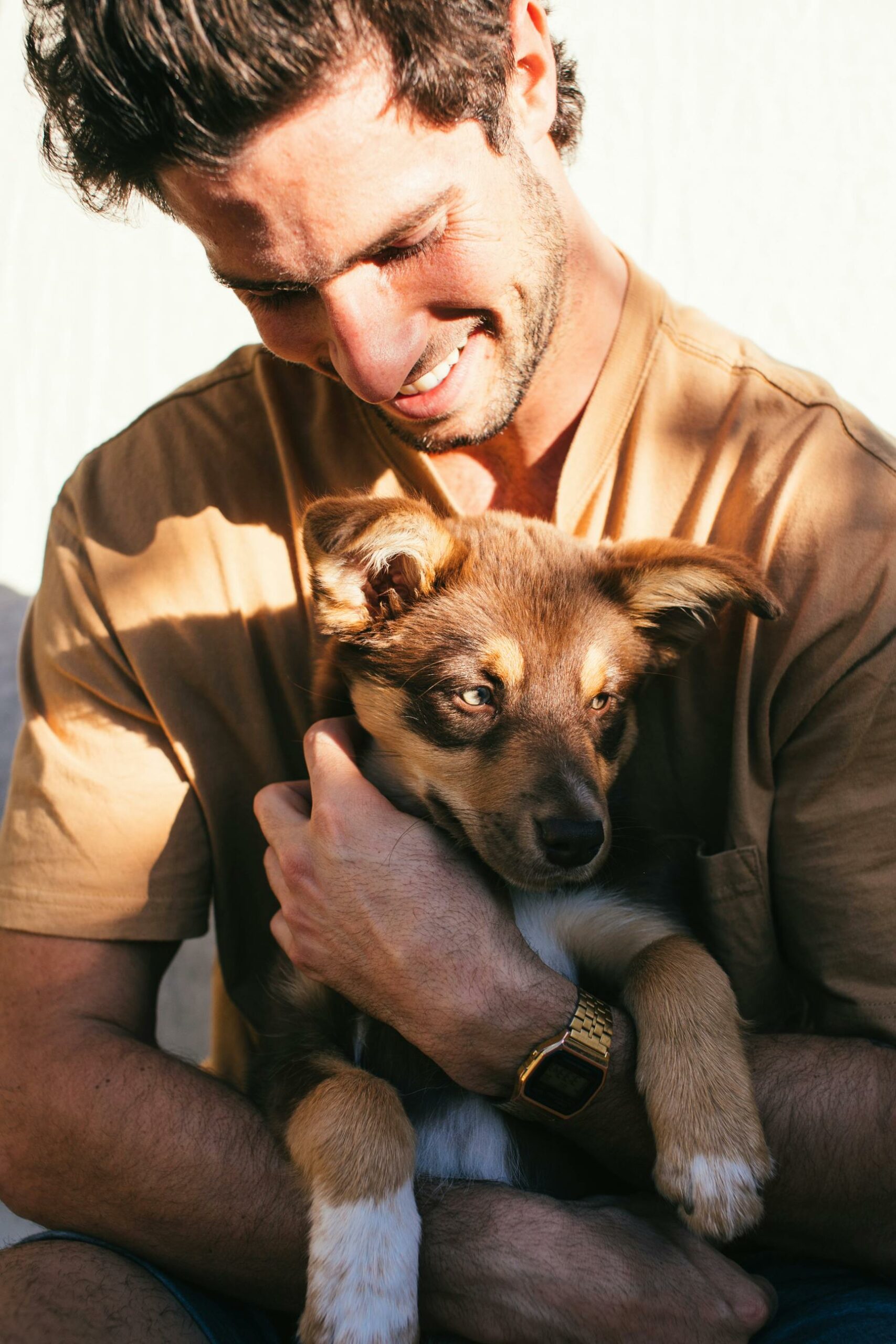
Reward good behaviour promptly.
In understanding your dog’s behaviour, observe their body language closely. Dogs use various signals to communicate. For example, a wagging tail typically signifies happiness. Additionally, pay attention to their ears, eyes, and posture.
Dogs respond well to positive reinforcement. Use treats, praise, or toys to reward good behaviour. This encourages them to repeat the desired actions. Avoid punishment, as it can lead to fear and aggression.
Establish a clear communication channel with your dog through consistent training methods. Practice patience and understanding during the training process. Remember, every dog is unique and may require different approaches.
Setting Up For Success
Setting up for success is crucial when it comes to obedience training for your dog. Creating the right environment and establishing a routine can make a significant difference in the effectiveness of the training. By following a few key steps, you can ensure that your dog responds well to the training and learns the desired behaviours.
Creating A Distraction-free Environment

When setting up for obedience training at home, it’s essential to create a distraction-free environment for your dog. This means choosing a quiet and comfortable space where your dog can focus without being disturbed. Remove any potential distractions such as toys, food, or other pets from the training area. By minimizing distractions, your dog will be more likely to pay attention and respond to your commands.
Establishing A Routine
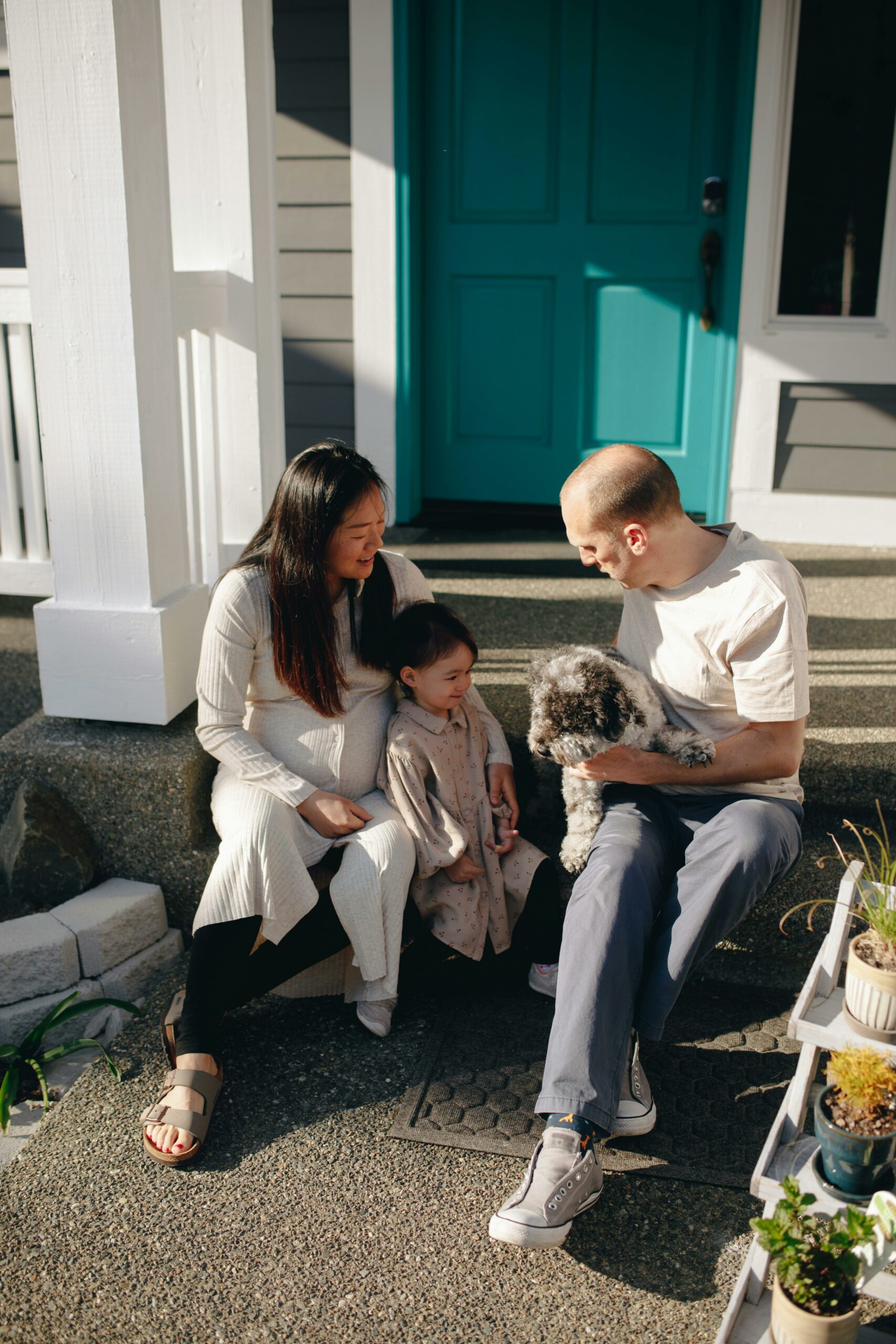
Consistency is key when it comes to obedience training. Establishing a routine helps your dog understand what is expected of them and creates a sense of predictability. Set specific times for training sessions each day and stick to them. Dogs thrive on routine, and by following a consistent schedule, they are more likely to learn and retain the training information.
Basic Commands To Start With
Obedience training for dogs is an essential part of their development and ensures a harmonious relationship between the pet and its owner. Starting with basic commands lays the foundation for more advanced training. Teaching your dog essential commands like ‘Sit’ and ‘Stay’, ‘Come’ and ‘Down’ are crucial for their safety and well-being. In this section, we will cover these basic commands and provide step-by-step guidance on how to train your dog effectively at home.
Teaching ‘sit’ And ‘stay’

Teaching your dog to ‘Sit’ and ‘Stay’ is one of the fundamental commands that every dog should learn. This command not only helps in controlling your dog’s behaviour but also establishes you as the leader.
- Start by holding a treat close to your dog’s nose.
- Move your hand up, allowing their head to follow the treat and causing their bottom to lower.
- Once they are in the sitting position, say the word ‘Sit’ and give them the treat.
- After your dog has mastered the ‘Sit’ command, you can then introduce the ‘Stay’ command by gradually increasing the duration of the sit before giving the treat.
Mastering ‘come’ And ‘down’
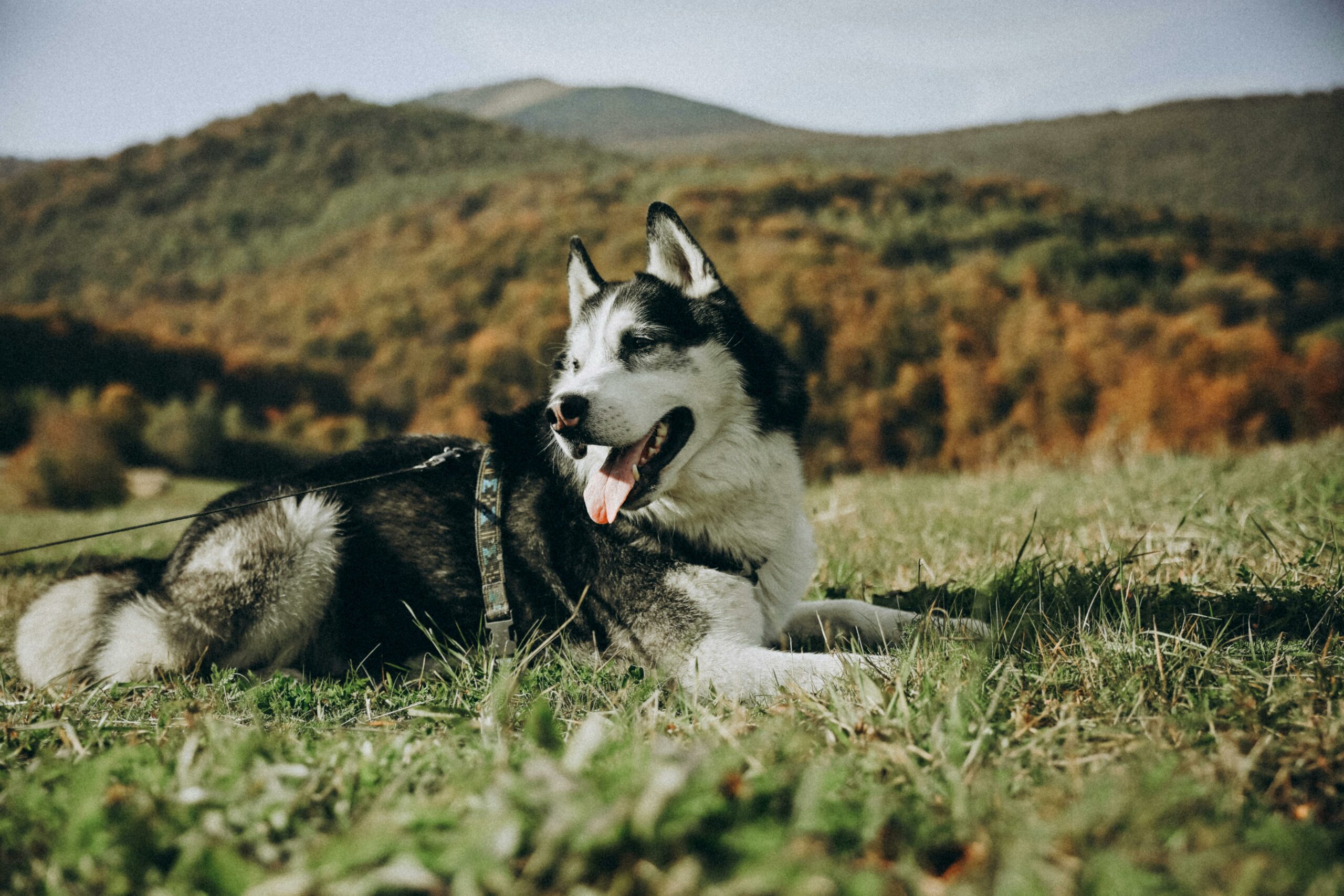
‘Come’ and ‘Down’ are also vital commands for your dog’s safety and well-being. ‘Come’ ensures that your dog returns to you when called, while ‘Down’ commands your dog to lie down, which can be helpful in various situations.
- When teaching the ‘Come’ command, start in a quiet environment and call your dog’s name followed by the command ‘Come’ in an enthusiastic tone. When your dog responds, reward them with praise or a treat.
- For the ‘Down’ command, begin with your dog in a sitting position. Hold a treat in your hand and lower it to the ground in front of your dog. As your dog follows the treat and lies down, say ‘Down’ and reward them.
Advanced Obedience Techniques
Advanced obedience techniques are crucial for taking your dog’s training to the next level. It involves advanced commands and off-leash control, which require a higher level of focus and discipline from both the dog and the owner. In this section, we will explore into two key advanced obedience techniques: ‘Training to Heel’ and ‘Leave It’ and ‘Practising Off-Leash Control.’
Training For ‘heel’ And ‘leave It’
Teaching your dog to heel and leave objects on command is an essential part of advanced obedience training. Heel is a command that requires your dog to walk closely by your side, without pulling on the leash. To train your dog to heel, use positive reinforcement techniques such as treats and praise to reward the desired behaviour. Consistent practice and patience are key to mastering this command.
Similarly, the ‘Leave It’ command is used to prevent your dog from picking up or interacting with objects that are potentially harmful. To train your dog to ‘Leave It,’ start by showing them a tempting object and using the command to deter them from approaching it. Reward your dog when they obey the command, and gradually increase the level of distraction to reinforce the behaviour.
Practising Off-leash Control
Off-leash control is a crucial skill for advanced obedience training, as it allows your dog to respond to commands without the constraint of a leash. Before practising off-leash control, ensure that your dog has mastered basic commands and has a strong recall response. Off-leash control should be practised in a safe and enclosed area to prevent your dog from running off.
Start by gradually increasing the distance between you and your dog while giving commands such as sit, stay, and come. Use positive reinforcement and gradually introduce distractions to test your dog’s obedience. Consistent practice and positive reinforcement are essential for developing reliable off-leash control.
Troubleshooting Common Training Challenges
When it comes to obedience training for dogs, it’s common to encounter a few challenges along the way. Understanding how to troubleshoot these common training challenges can help you and your furry friend overcome obstacles and achieve success in obedience training at home.
Dealing With Stubborn Dogs
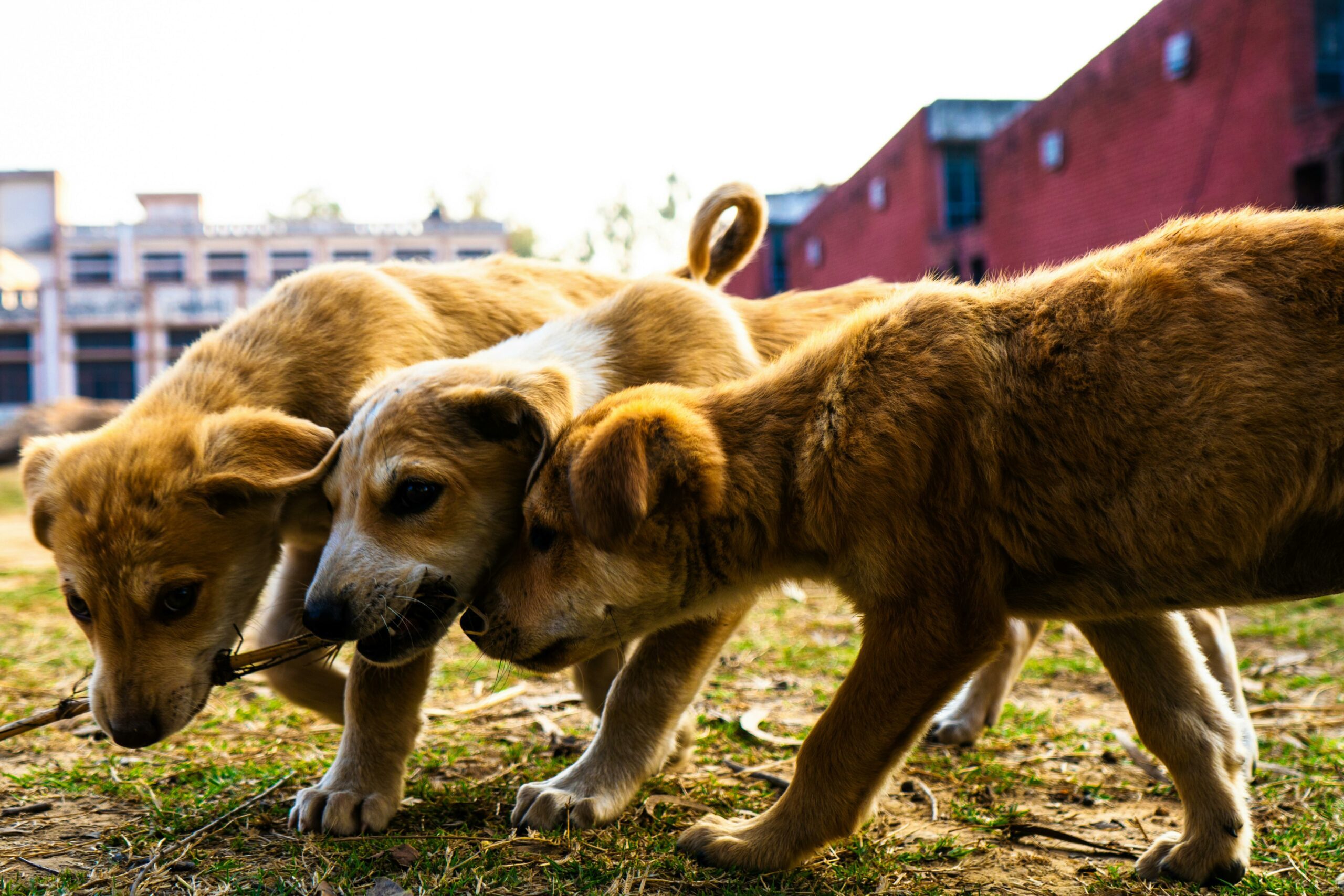
Stubborn dogs can make obedience training a bit more challenging, but with patience and the right approach, you can still achieve positive results. One effective strategy is to use positive reinforcement techniques, such as rewarding good behaviour with treats or praise. Consistency is key, so be sure to set clear expectations and stick to your training routine. Additionally, consider seeking the help of a professional dog trainer for personalized guidance and support.
Overcoming Fear And Anxiety
Fear and anxiety can hinder a dog’s ability to learn and respond to obedience training. To help your dog overcome these challenges, create a safe and comfortable environment for training sessions. Use gentle, reassuring tones and movements to build trust and confidence. Gradually introduce training activities and gradually increase the level of difficulty to help your dog become more comfortable and confident. If fear or anxiety persist, consult a veterinarian or animal behaviourist for specialized assistance.
Incorporating Play Into Training
Incorporating play into your dog’s obedience training is a fun and effective way to reinforce commands and strengthen the bond between you and your furry friend.
Using Games To Reinforce Commands

Games like fetch, hide and seek, and tug-of-war can be utilized to practice obedience commands playfully.
Maintaining Focus During Play
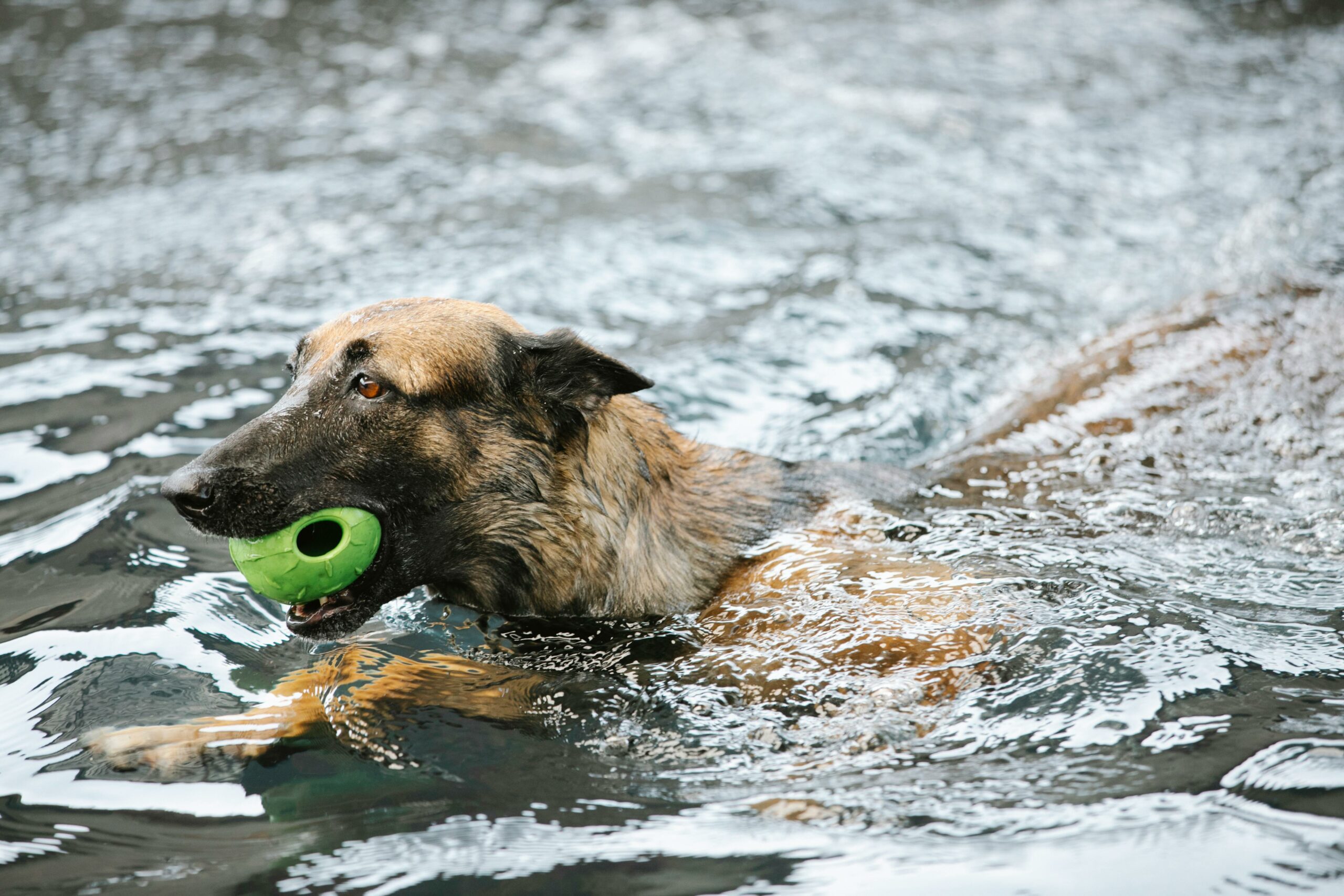
Engage your dog in short training sessions during playtime to keep their focus sharp and reinforce obedience commands consistently.
Monitoring Progress And Making Adjustments
To effectively train your dog at home, consistently monitor progress and be ready to adjust methods as needed. Observe behaviour changes and tailor training techniques to suit your dog’s individual requires for successful obedience training. Adapt training sessions to keep them engaging and productive.
After starting obedience training for your dog, it is important to monitor their progress. This will help you to understand if the training is working effectively or if there are any adjustments that need to be made. Here are some tips on how to monitor progress and make adjustments during obedience training.
Tracking Your Dog’s Improvements
One of the best ways to monitor your dog’s progress is to keep a record of their improvements. This can be done by creating a chart or a spreadsheet to track their progress. Some of the things that you can track include:
- How quickly they respond to commands
- Their level of obedience in different environments
- The number of commands they have learned
- Their ability to stay focused during training sessions
By tracking these improvements, you can see if your dog is making progress and identify areas where they may need more work.
When To Increase Training Difficulty
As your dog becomes more proficient with their training, you may need to increase the difficulty of the exercises to keep them challenged. Here are some signs that it may be time to increase the difficulty of your dog’s training:
- Your dog is responding quickly and accurately to commands
- Your dog is showing signs of boredom or disinterest during training
- Your dog can perform the exercises in different environments
When increasing the difficulty of your dog’s training, it is important to do so gradually. Start with small increases in difficulty and gradually build up to more challenging exercises. This will help your dog to continue making progress without becoming overwhelmed.
In conclusion, monitoring your dog’s progress and making adjustments to their training is essential for ensuring that they continue to improve. By tracking their progress and increasing the difficulty of their training when necessary, you can help your dog to become a well-behaved and obedient companion.
Long-term Training And Maintenance
Long-term training and maintenance are crucial for ensuring that your dog retains the obedience skills they have learned. Consistency in commands and continuing education for your dog are key components of maintaining their obedience over time.
Ensuring Consistency In Commands
Consistency is vital in obedience training. Ensure that everyone in your household uses the same commands and hand signals for each behaviour. This prevents confusion for your dog and reinforces their understanding of the commands.
Continuing Education For Your Dog

Just like humans, dogs benefit from ongoing education and mental stimulation. Introduce new challenges and commands to keep your dog engaged and mentally sharp. This could include advanced obedience commands, agility training, or interactive games that encourage problem-solving skills.
The Rewards Of Patience And Persistence
Find the fulfilling journey of training your furry companion through patience and persistence. Witness the rewarding transformation as your dog learns obedience at home with consistent guidance and positive reinforcement. Embrace the process, and enjoy the bond that strengthens with every training session.
Celebrating Milestones In Training
Each step forward in your dog’s obedience training journey is cause for celebration. By recognizing and acknowledging the progress your furry companion makes, you reinforce positive behaviour and motivate them to continue learning.
Fostering A Lifelong Bond
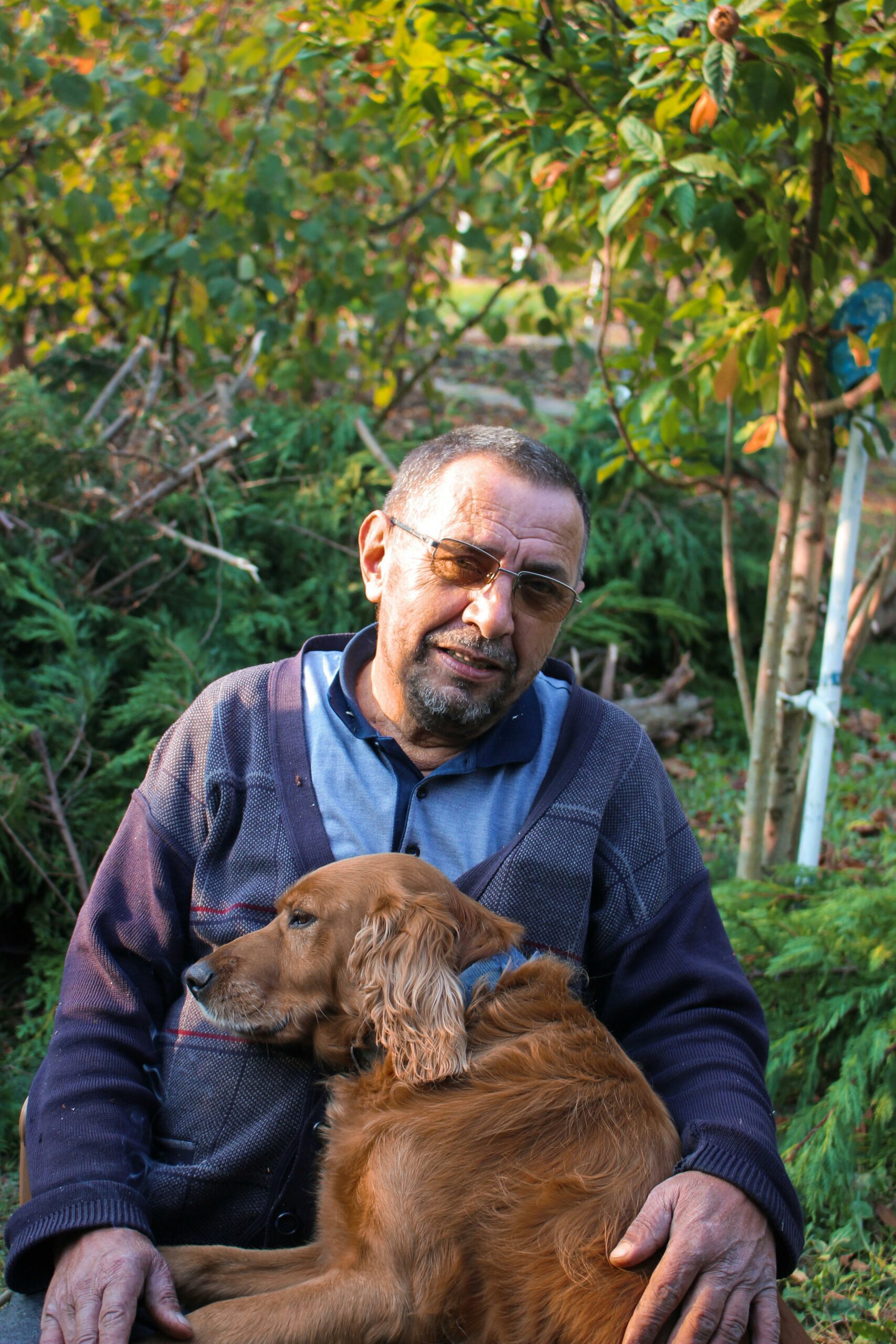
Obedience training goes beyond just teaching commands—it strengthens the bond between you and your dog. Through consistent training sessions, you build trust, communication, and mutual understanding, creating a lifelong connection.
Frequently Asked Questions
Can I Obedience Train My Dog Myself?
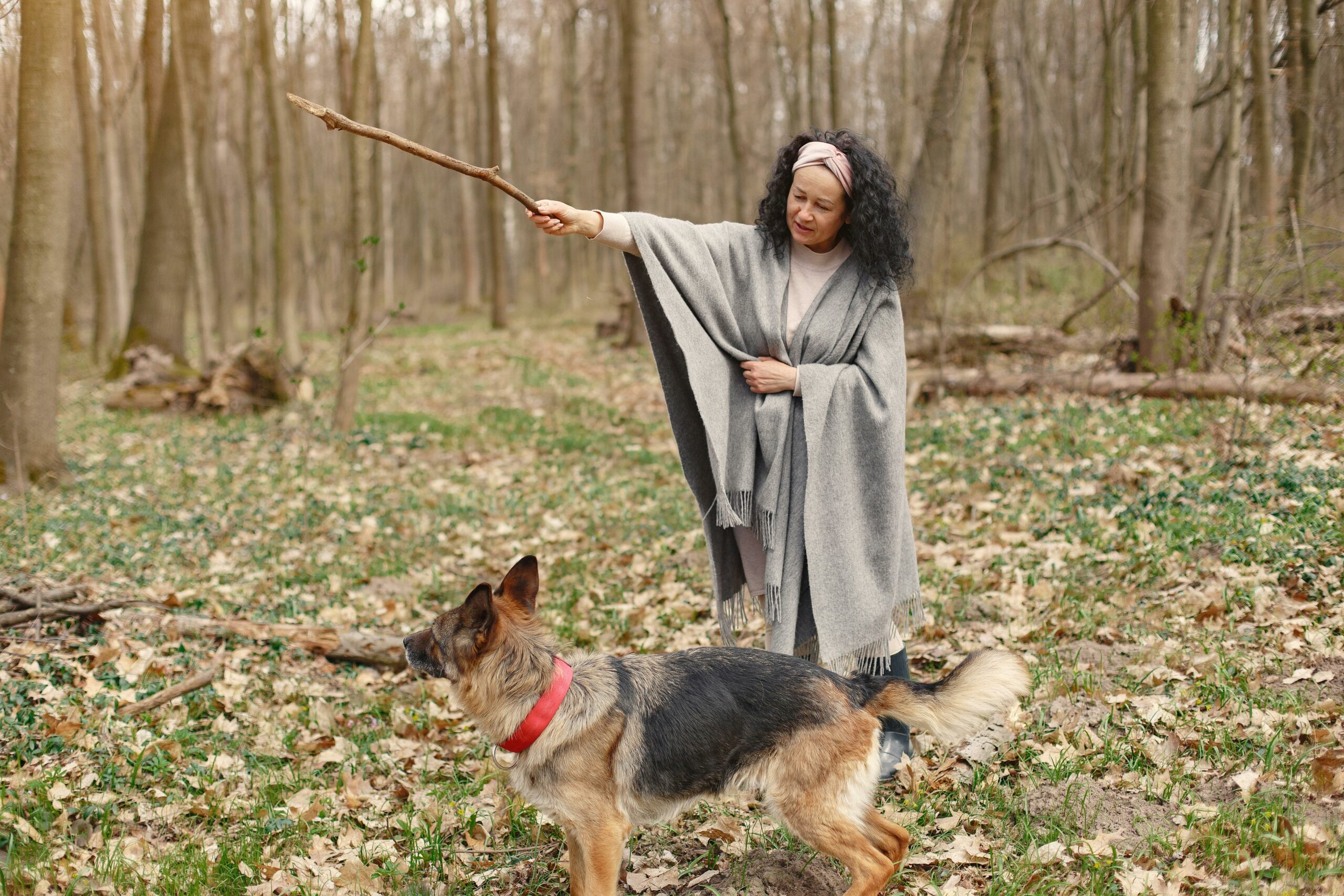
Yes, you can obedience train your dog yourself. Use positive reinforcement, consistency, and patience. Start with basic commands and gradually progress to more advanced ones. Remember to be firm but gentle, and to always reward good behaviour. Practice regularly for best results.
What Are The 7 Obedience Commands For Dogs?
The 7 obedience commands for dogs are: Sit, Stay, Come, Down, Heel, Off, and No. These commands can be taught to dogs through positive reinforcement training and help to establish a strong bond between the dog and their owner.
How Do I Teach My Dog Basic Obedience?
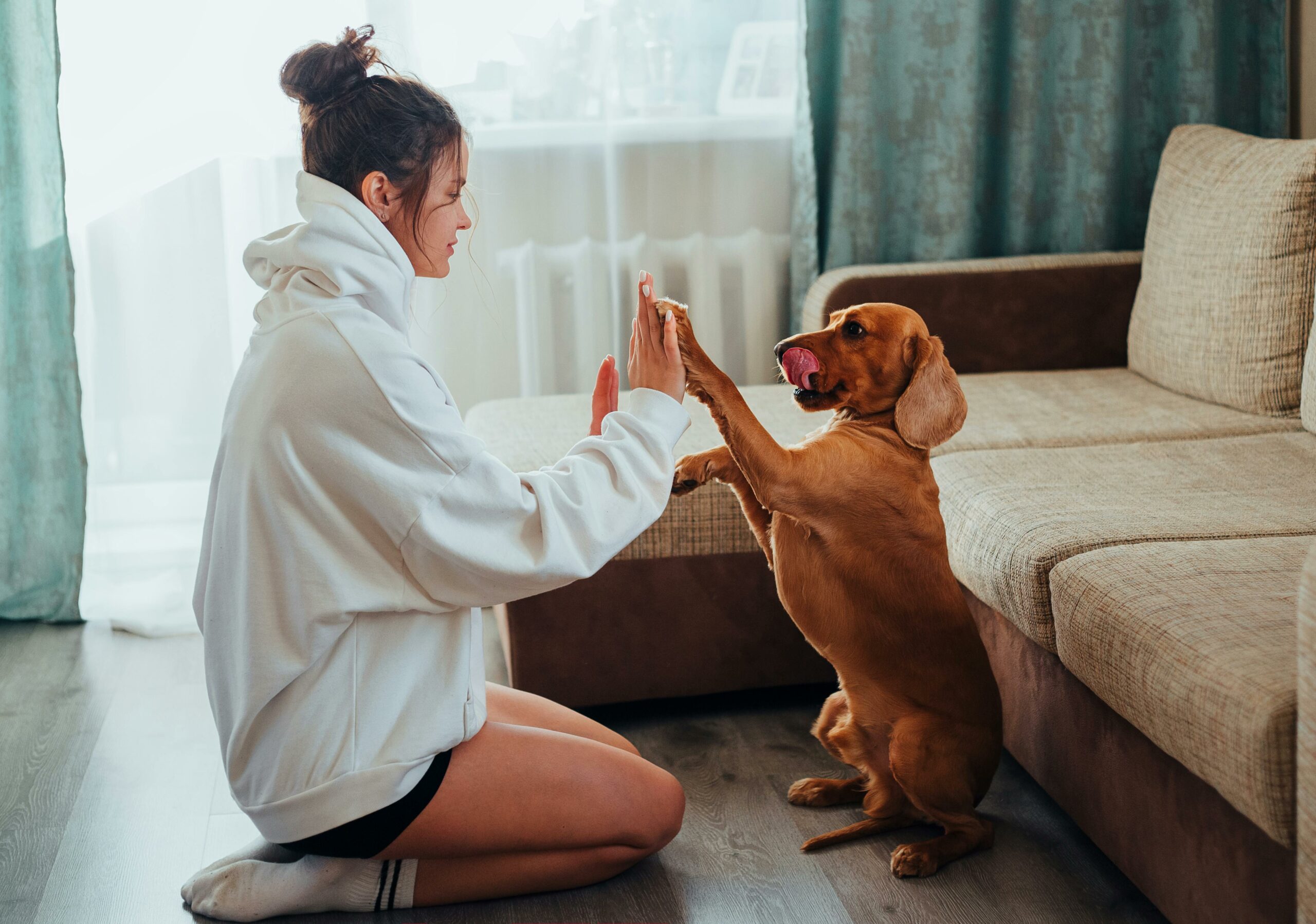
To teach your dog basic obedience, use positive reinforcement, consistency, and patience. Start with simple commands like sit, stay, and come. Practice daily in short sessions to keep your dog engaged and motivated. Reward good behaviour to reinforce learning. Consistency is key for successful training.
What Are The Five Golden Rules Of Dog Training?

The five golden rules of dog training are: 1) Be consistent in your commands and rewards. 2) Use positive reinforcement techniques. 3) Keep training sessions short and frequent. 4) Be patient and understanding. 5) Practice good timing and clear communication with your dog.
Incorporate consistency, patience, and positive reinforcement for successful obedience training with your dog. Practice makes perfect in building a strong bond and a well-behaved pet. By following these tips, you can create a harmonious relationship with your furry companion and enjoy a well-behaved dog at home.
